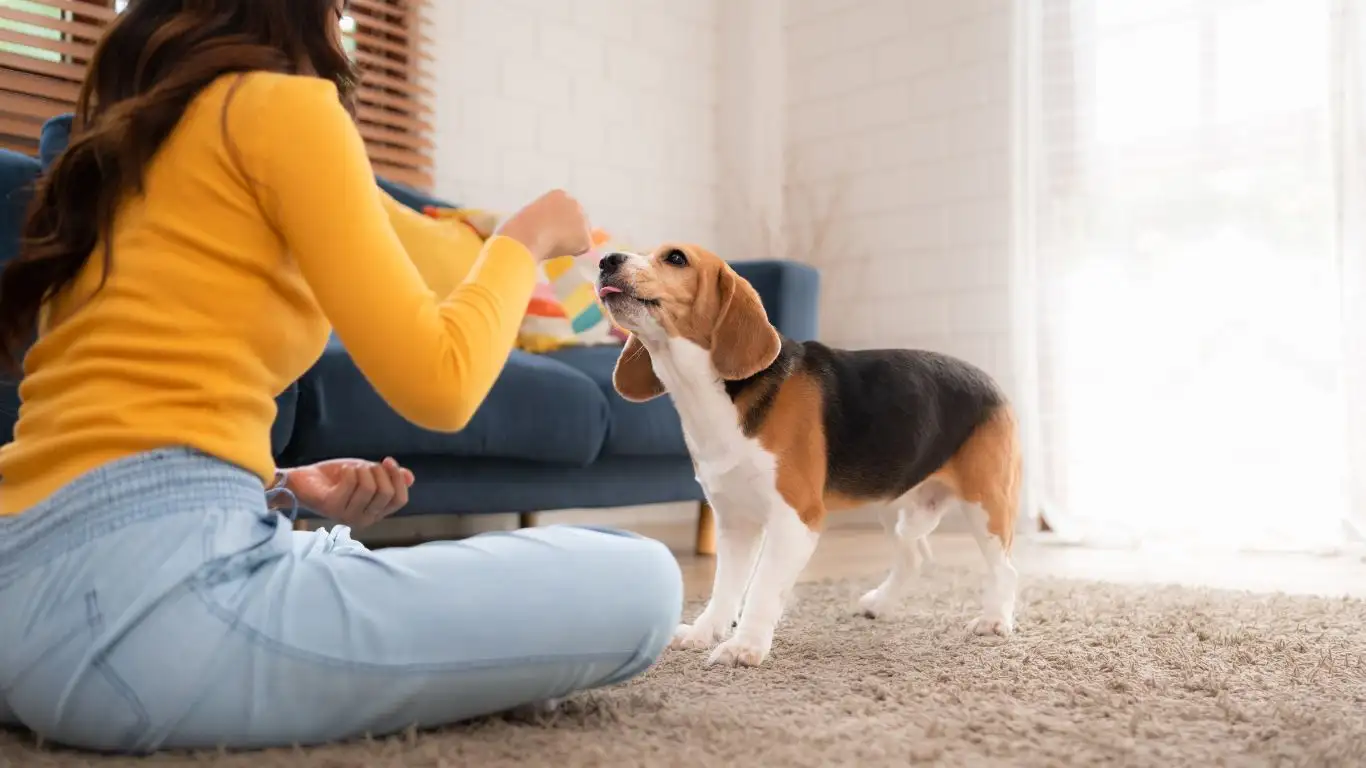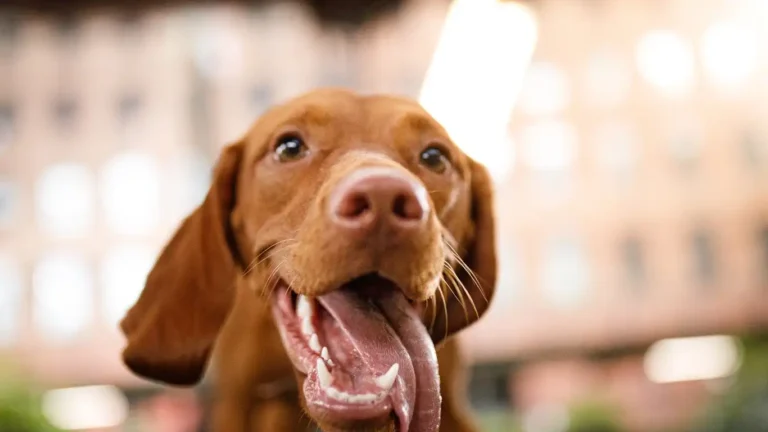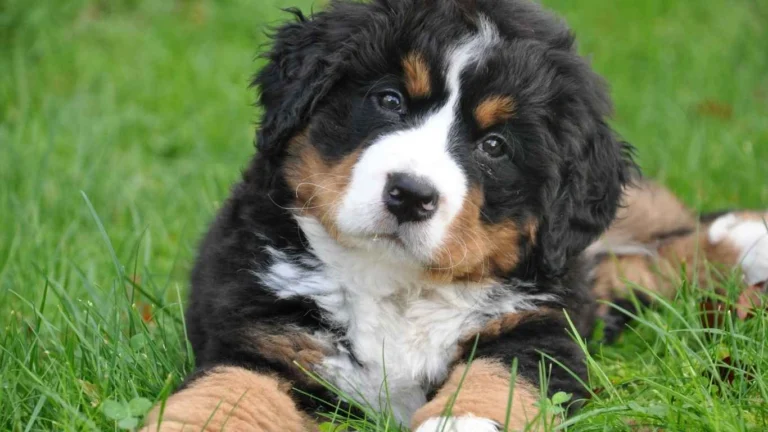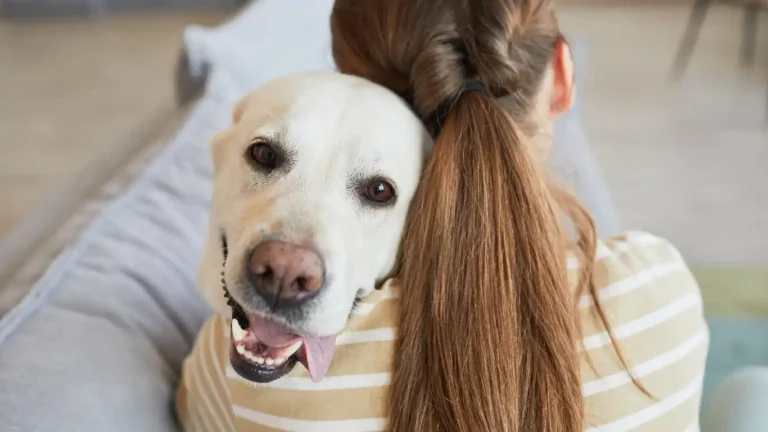How to Manage Hyperactivity in Dogs: Top Tips for Calmer Pets
When it comes to our beloved furry companions, one of the most common issues pet owners face is hyperactivity in dogs. As a Canine-Assisted Therapy Trainer, I’ve had the privilege of working with a wide range of dogs—some calm and collected, and others a little… well, let’s just say they have a ton of energy! Over the years, I’ve learned a lot about how to manage hyperactivity in dogs, and I’m excited to share some insights that can help make a real difference for both you and your dog. Whether you have a spunky puppy or an adult dog that’s constantly on the go, you’re in the right place to learn how to manage hyperactivity in dogs in a way that’s not only effective but also fun and rewarding for both of you.
Understanding Hyperactivity in Dogs: What It Really Means
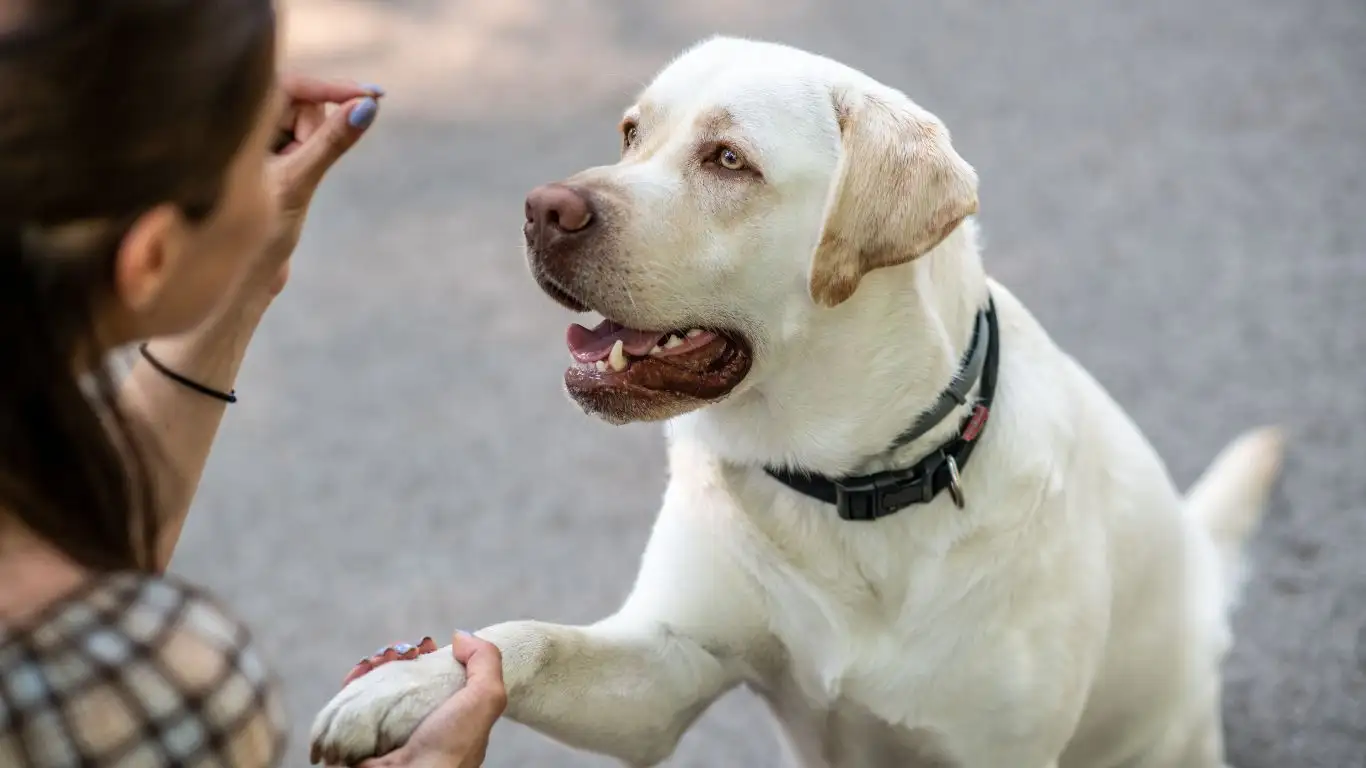
Before we dive into strategies for managing hyperactivity, it’s important to take a step back and understand what we’re dealing with when it comes to hyperactivity in dogs. Hyperactivity isn’t just about a dog that loves to play fetch or gets a little too excited when the leash comes out. It’s when a dog exhibits a persistent pattern of excessive energy, restlessness, or agitation that goes beyond the normal excitement of a playful pup.
Now, I know it’s easy to think, “Oh, my dog is just being a dog, right?” But hyperactivity can often lead to unwanted behaviors if not addressed early on. Over the years, I’ve encountered many dogs whose overactive behavior has resulted in destructive tendencies, such as chewing furniture, excessive barking, or even becoming anxious or aggressive. It’s all about finding the right balance—so let’s start by breaking down the key signs of hyperactivity to help you spot it more easily.
Key Signs of Hyperactivity in Dogs
- Excessive Barking: If your dog seems to bark constantly, whether it’s at nothing in particular or in response to every little sound, it could be a sign of hyperactivity.
- Inability to Relax: Dogs that can’t sit still and always seem on edge are showing signs of overactive energy. A dog that’s constantly pacing or can’t lie down for a nap is a dog that may be struggling with hyperactivity.
- Destructive Behavior: Chewing, digging, or even excessive licking can often result from a dog having too much energy to burn.
- Jumping and Running Around: This is the most obvious sign—when your dog is literally bouncing off the walls (sometimes quite literally!) and seems to have endless energy.
- Difficulty Focusing: Hyperactive dogs may have a hard time concentrating during training sessions or while performing tasks. They’re distracted and often seem like they’re all over the place.
What Causes Hyperactivity in Dogs?
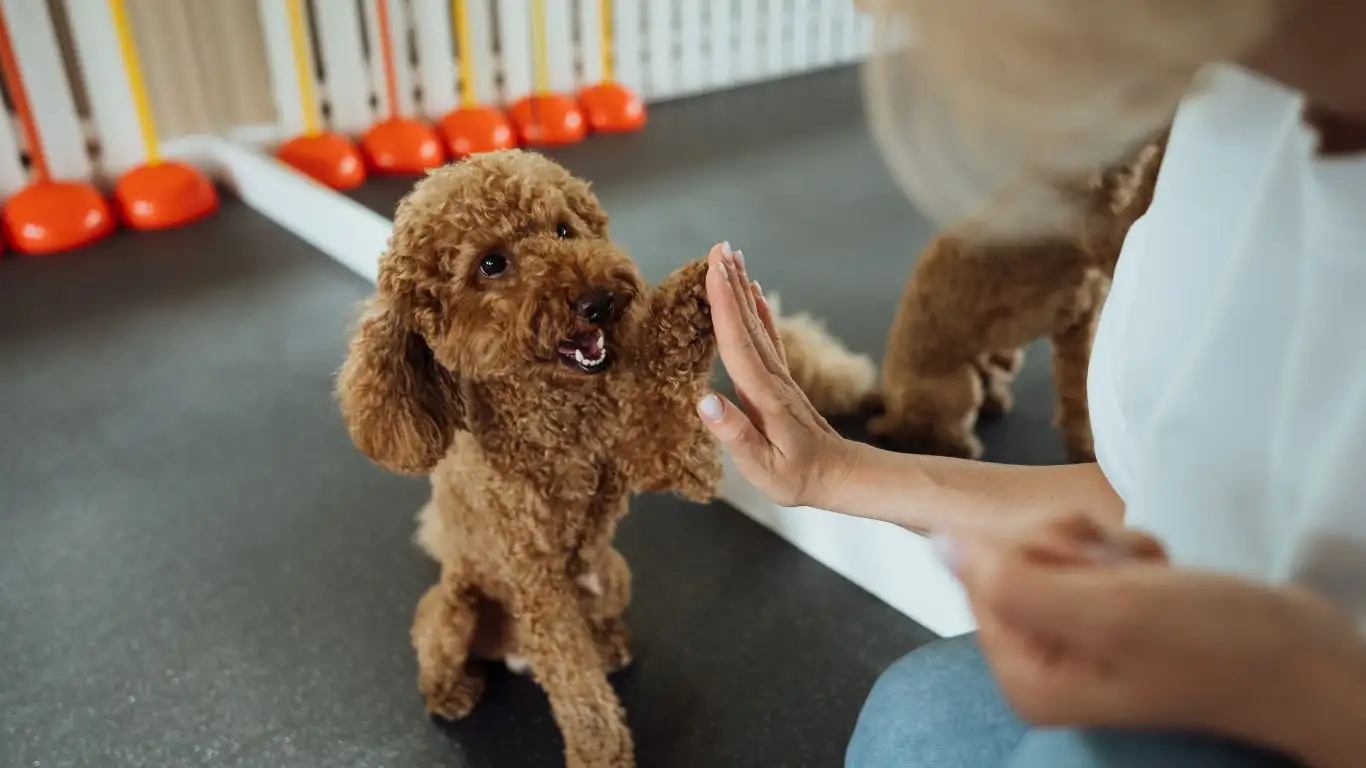
Now that we know what hyperactivity looks like, you may be wondering: why does it happen in the first place? Is it just their personality, or is there something deeper going on? As a trainer, I’ve found that there are several reasons why a dog might exhibit hyperactive behavior. Let’s take a closer look at the most common causes.
1. Lack of Exercise
This one’s pretty straightforward—dogs, especially high-energy breeds like Border Collies, Jack Russell Terriers, or Labrador Retrievers, need plenty of exercise to stay happy and healthy. Without enough physical activity, that pent-up energy has to go somewhere, and often it turns into hyperactive behavior. I’ve worked with many clients whose dogs had excess energy simply because they weren’t getting enough playtime or walks during the day. It doesn’t have to be an intense workout, but even a good 30-minute walk or play session can make a world of difference.
2. Lack of Mental Stimulation
Physical exercise is just one piece of the puzzle—mental stimulation is just as important for a dog’s well-being. Dogs are intelligent animals that thrive when they have tasks to solve and new things to learn. A lack of mental stimulation can result in boredom, which often leads to hyperactive behavior. Try incorporating puzzle toys, obedience training, or new tricks into your routine to keep your dog’s brain engaged.
3. Medical Conditions
Sometimes, hyperactivity in dogs isn’t just a matter of behavior—it can actually be a sign of an underlying medical condition. Hyperactivity can stem from conditions like thyroid problems, ADHD (yes, dogs can have it!), or even pain from an undiagnosed injury. If your dog’s behavior seems unusually extreme, it’s always a good idea to check with your vet to rule out any medical issues that could be contributing to the issue.
4. Breed Characteristics
Certain dog breeds are simply more prone to high energy and hyperactive behavior. Working breeds, herding dogs, and sporting dogs, for example, were bred to be active and alert. This natural energy can sometimes lead to hyperactive behavior if it’s not channeled properly. In my experience as a Canine-Assisted Therapy Trainer, I’ve worked with many high-energy breeds that required extra attention and structured training to manage their exuberance effectively.
5. Anxiety or Stress
Just like people, dogs can become anxious or stressed, and that can lead to hyperactivity. Changes in the environment, a new family member, or even loud noises can trigger anxiety. When dogs are stressed, they may exhibit hyperactive behavior as a way to cope with their feelings. If you notice that your dog’s energy spikes in response to certain triggers, it could be anxiety causing the hyperactivity.
How to Manage Hyperactivity in Dogs
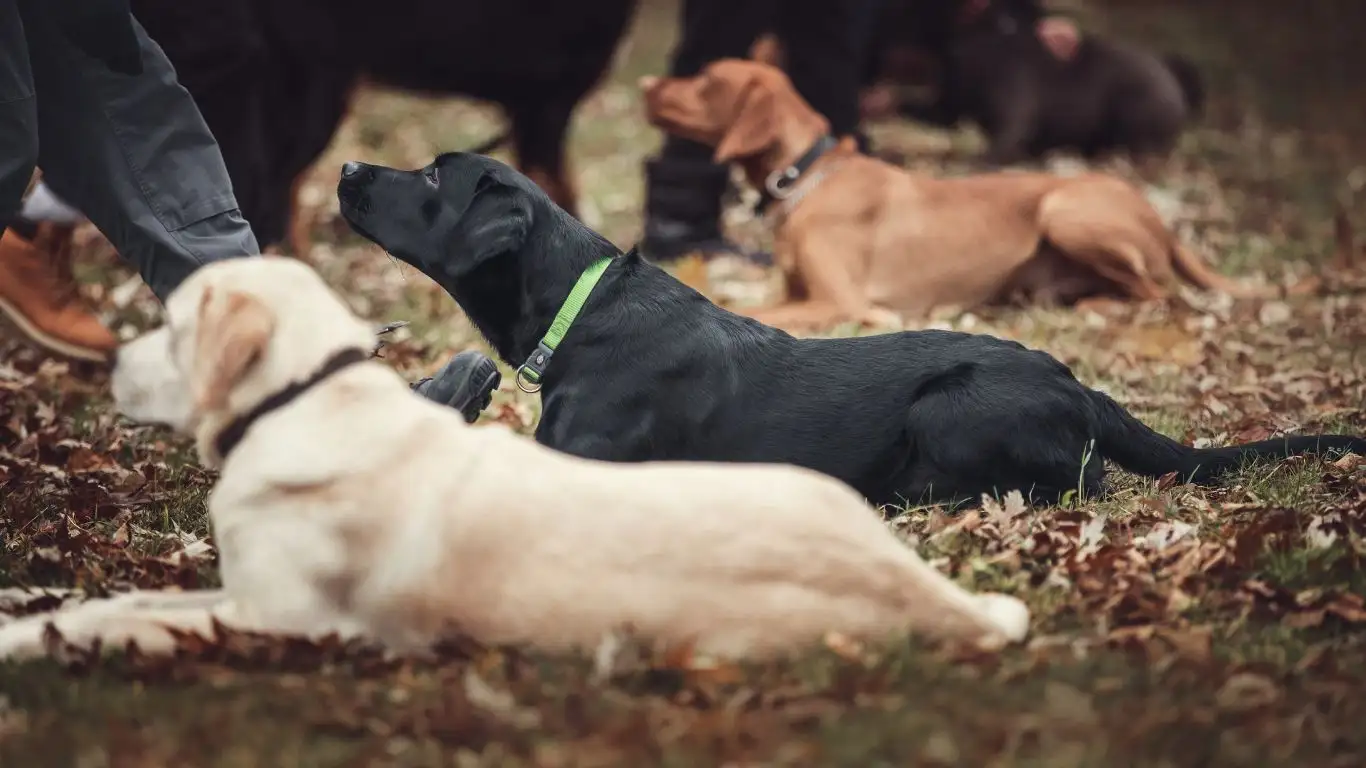
Managing hyperactivity in dogs requires a combination of understanding, patience, and the right strategies. In the next section, I’ll dive into specific techniques and training tips that have worked wonders for me and my clients. But remember, every dog is unique, and what works for one may not work for another. The key is consistency and creating a routine that helps your dog manage their energy in a healthy, controlled way. Stay tuned!
Training Techniques to Manage Hyperactivity in Dogs
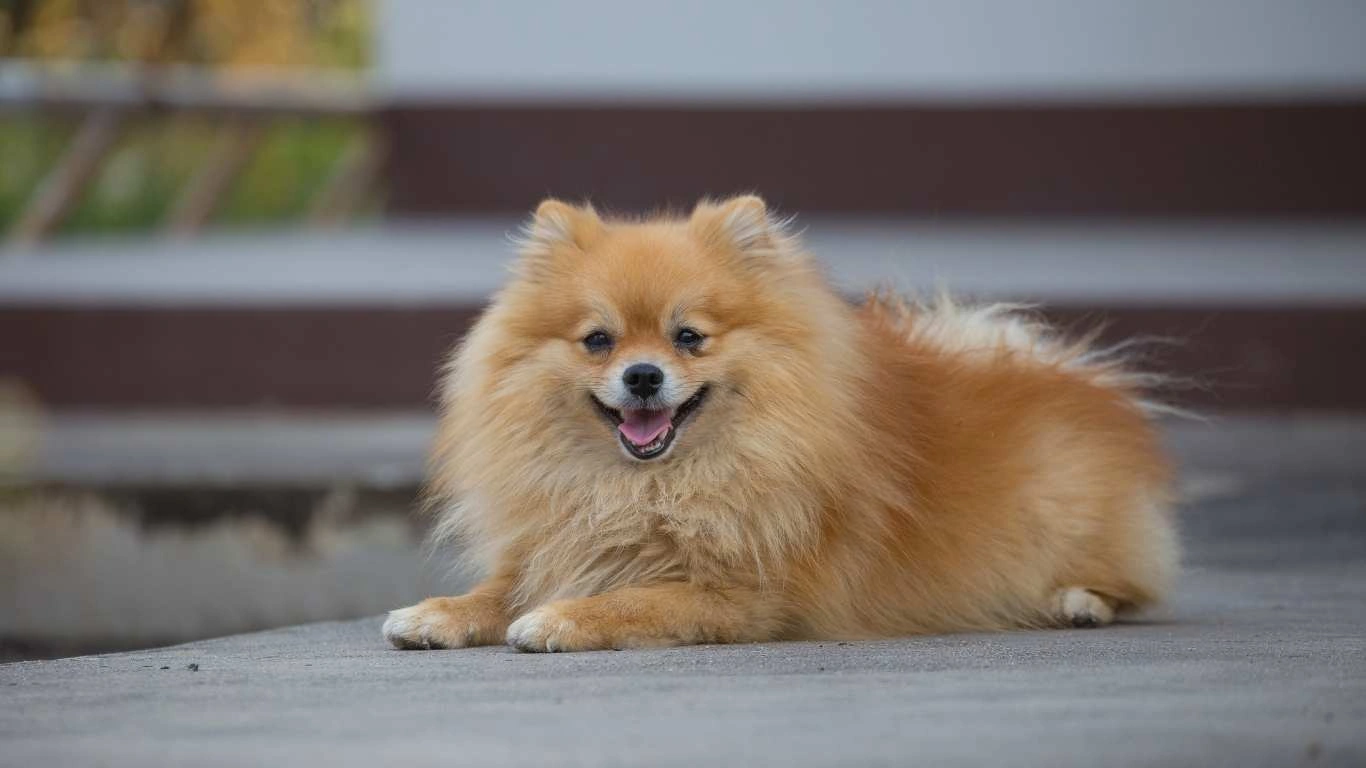
Now that we’ve explored what hyperactivity in dogs looks like and some of the reasons behind it, let’s dive into how you can actually manage and reduce that overactive energy. When it comes to dog training, consistency and patience are key. Every dog is different, but I’ve found that a mix of physical, mental, and behavioral exercises can make a world of difference. Here’s a closer look at the techniques I’ve used to help hyperactive dogs find some much-needed balance.
1. Regular Exercise and Playtime
It should come as no surprise that physical activity is one of the most effective ways to channel a dog’s excess energy. But the trick is making sure that the exercise is tailored to your dog’s needs. Dogs that are hyperactive often need more than just a short walk around the block. High-energy breeds, for instance, require vigorous play sessions like a game of fetch, running in the yard, or even agility training. I always tell my clients, “A tired dog is a happy dog!” The physical exertion helps them wind down and reduces the likelihood of destructive behaviors.
Another thing to consider is incorporating a variety of activities. I’ve seen great success in mixing up regular walks with puzzle toys or tug-of-war games. This way, your dog stays physically active while also using their brain. If you can, try to schedule two or three longer walks or play sessions throughout the day—this way, you’re burning off that energy and preventing it from building up and turning into hyperactive behavior.
2. Mental Stimulation: Keep Their Mind Busy
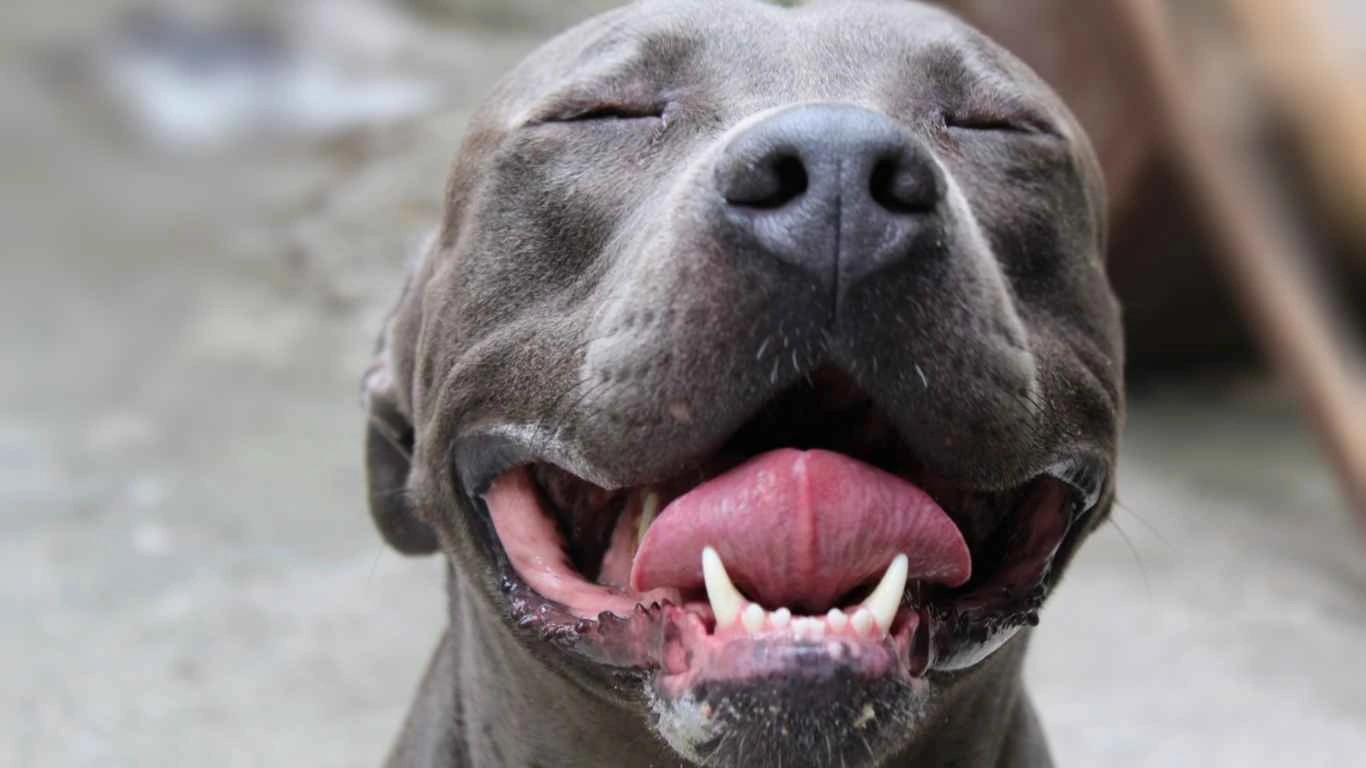
As I mentioned earlier, physical exercise isn’t the only thing your dog needs. Mental stimulation is equally important. Hyperactive dogs tend to get bored easily, and when they’re bored, they tend to act out. So, finding ways to challenge their minds is essential. You can incorporate training sessions, obedience drills, or new tricks into their routine to keep them mentally engaged.
Interactive puzzle toys are a great tool for this. I love recommending these to my clients because they’re not only fun for dogs but also provide mental stimulation that tires them out in a different way. These toys challenge your dog to solve problems, and the rewards (usually treats) they receive after figuring out the puzzle are very satisfying. It’s like a workout for their brain, and trust me, it works wonders!
Another way to mentally stimulate your dog is by introducing scent work or nose games. You can hide treats around the house or yard and encourage your dog to sniff them out. Not only does this tap into their natural instincts, but it also helps redirect their hyperactive energy into something productive and engaging.
3. Creating a Structured Routine
Dogs thrive on routine, and hyperactive dogs especially benefit from a predictable schedule. If their days are filled with chaos and inconsistency, it can fuel their hyperactive behavior. I’ve seen firsthand how creating a clear structure in a dog’s daily activities helps them stay calmer and more focused.
Set specific times for walks, training, play, and meals. Keeping these activities consistent helps your dog understand what to expect, which can reduce their anxiety and overexcitement. A structured routine provides a sense of security and helps them feel more balanced. I always encourage my clients to start their day with a calm walk, followed by some training sessions, and then offer time for mental or physical play. This consistency allows their energy to be managed effectively throughout the day.
4. Positive Reinforcement and Reward-Based Training
When it comes to training hyperactive dogs, positive reinforcement is hands down one of the best strategies. Dogs love praise, treats, and playtime, so using these rewards when they exhibit calm behavior or perform tasks correctly is a great way to encourage more of that good behavior. I’ve personally seen dogs transform from being overly energetic and distracted to being calm and composed when they know that good things happen when they listen and follow commands.
For example, if your dog tends to jump up on you in excitement, rather than scolding them, try rewarding them when they remain calm. A treat or praise goes a long way in reinforcing calm behavior. Over time, your dog will begin to understand that staying calm results in positive attention, which is a much more effective way to manage hyperactivity than punishment.
Diet and Nutrition: A Key Role in Managing Hyperactivity
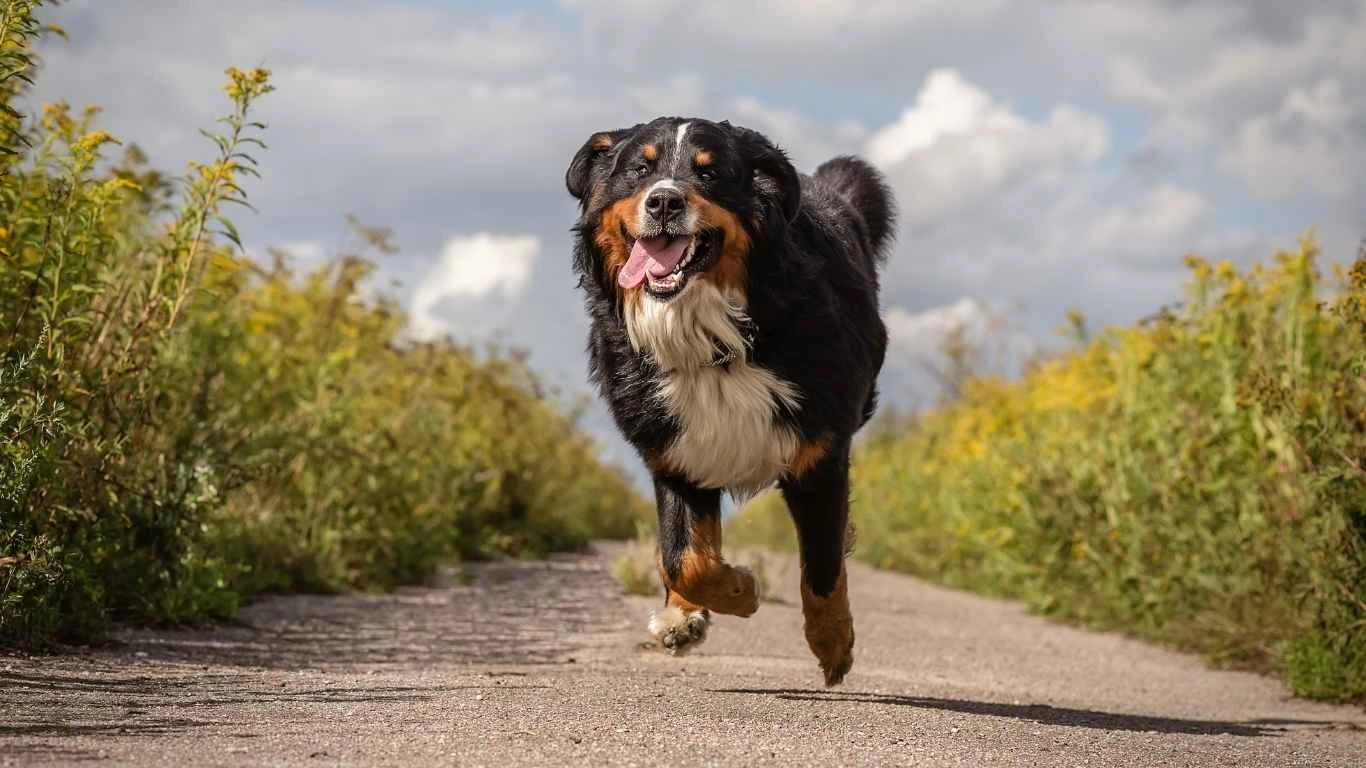
What your dog eats plays a crucial role in how they behave. This is often overlooked, but diet can significantly impact hyperactivity levels. Some foods may cause spikes in energy, while others may promote a more balanced, calm demeanor. As a trainer, I’ve always made it a point to talk to pet owners about their dog’s diet because I’ve seen firsthand how it can affect a dog’s behavior.
Choosing the Right Food for Hyperactive Dogs
If your dog is hyperactive, it might be worth reviewing their diet. Dogs with high energy levels need high-quality, balanced meals that provide the necessary nutrients to fuel their activity. Look for foods that are rich in protein and omega-3 fatty acids, as these can help maintain energy levels without causing spikes in behavior. Foods that contain whole grains and vegetables can also be helpful in stabilizing energy throughout the day.
On the flip side, it’s important to avoid foods that might contribute to hyperactivity. Some commercial dog foods are packed with sugars, fillers, and artificial additives, which can lead to a sugar rush or spikes in energy. Be sure to read the ingredients list carefully and avoid foods that might be contributing to your dog’s out-of-control behavior.
Additionally, some dogs may have food sensitivities or allergies that could be causing discomfort or agitation. In these cases, switching to a limited-ingredient or hypoallergenic diet may help calm your dog down and prevent hyperactive behaviors. Always consult with your vet if you suspect a food sensitivity or if you’re unsure about the best food for your dog’s specific needs.
Handling Hyperactivity in Dogs: Advanced Techniques and Long-Term Solutions
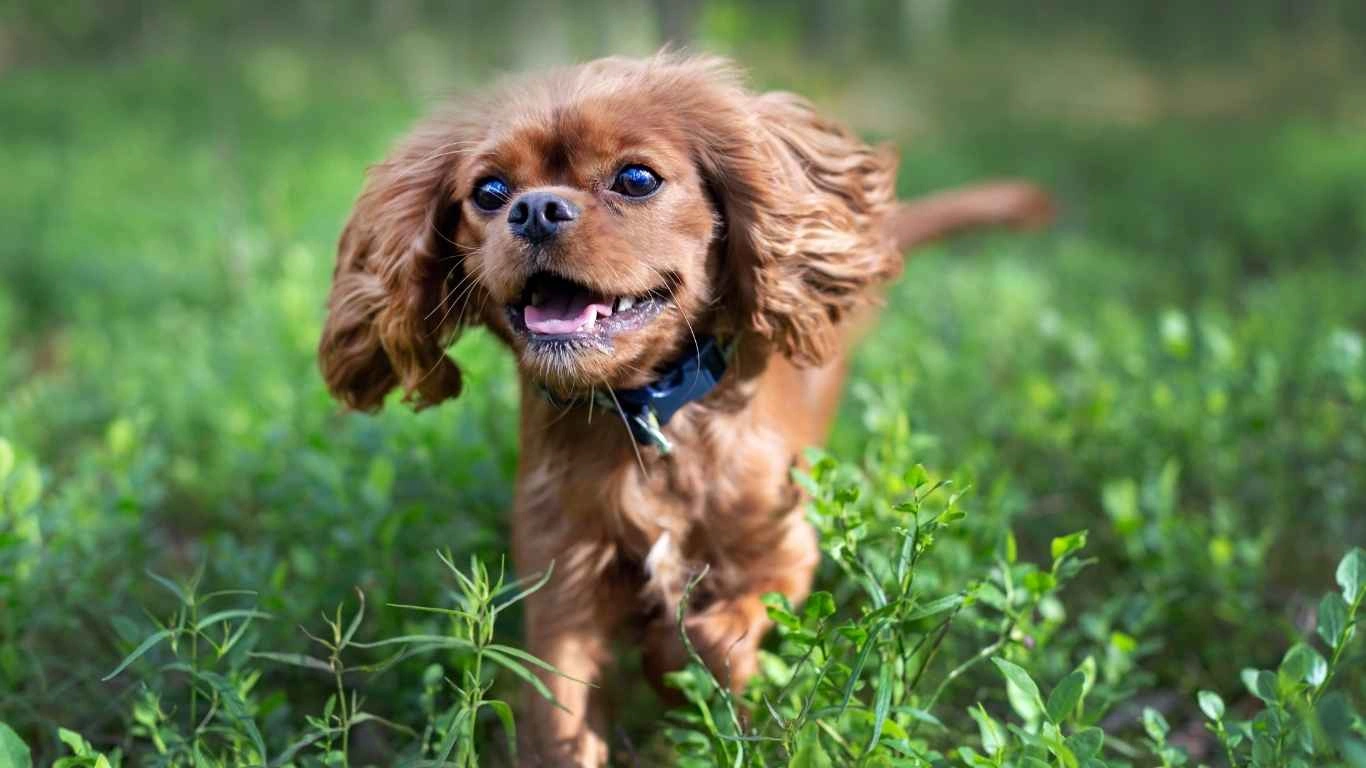
We’ve covered the basics of understanding and managing hyperactivity in dogs in previous sections. Now, let’s take it a step further. Managing hyperactivity isn’t just about quick fixes or temporary solutions—it’s about creating long-term strategies that will help your dog maintain a balanced, calm demeanor over time. In this section, I’ll share some advanced techniques I’ve used with great success, as well as how you can continue to build on your progress for lasting results.
1. Incorporating Calmness Training
One of the most powerful tools in managing hyperactivity is teaching your dog the art of calmness. It’s not just about wearing them out with exercise; it’s about training them to understand that it’s okay to relax. In my experience, this is something that’s often overlooked by pet owners. When dogs are constantly on the move, they don’t always know how to chill out when the moment calls for it.
Calmness training can be done in small increments. I usually start with a simple “settle” command, which I pair with positive reinforcement. The idea is to teach your dog to stay still and relax on command. For instance, I’ll ask my dogs to sit and stay in a quiet area, gradually extending the duration of the calm behavior. The key is to remain patient and consistent—start with short periods of time and work your way up. In time, your dog will begin to associate relaxation with positive rewards, and the overall hyperactivity will decrease.
Another effective method is using calming signals such as the “calm yourself” command combined with a calming environment. You can also use calming products like weighted blankets, calming collars, or natural remedies like lavender oil (with caution). I’ve found that these tools can assist in promoting relaxation during particularly hyperactive episodes.
2. Socialization: Helping Your Dog Calm Down Around Others
Hyperactive dogs can often become even more excitable when they’re around other dogs or people. This is where socialization comes into play. Properly socializing your dog from a young age is one of the best ways to help them manage their energy when interacting with others. But it’s never too late to start socialization, even if your dog is already an adult.
Introducing your dog to new people, environments, and other dogs in a controlled, positive way can help them become more confident and less reactive. The more exposure they get in a safe and structured manner, the more comfortable they’ll feel in different situations. For example, taking your dog to the park or a dog-friendly café where they can interact with others at their own pace can help reduce hyperactive tendencies around strangers or other pets.
It’s important, however, to avoid overwhelming your dog with too much too soon. Gradually increase the level of socialization, and always be ready to intervene if your dog seems overwhelmed. The goal is for your dog to learn how to remain calm and balanced, even when there are distractions or exciting stimuli around.
3. Consistent Monitoring and Adjustments
As a Canine-Assisted Therapy Trainer, I’ve learned that what works for one dog may not work for another. Hyperactivity is complex and can have many contributing factors, so it’s crucial to keep monitoring your dog’s progress and adjust your approach accordingly. It’s not a “one size fits all” situation. Each dog has its own unique set of needs, and what works best might require some trial and error.
For example, some dogs might respond well to longer exercise sessions, while others may require shorter but more frequent bursts of activity. Similarly, the type of mental stimulation your dog enjoys can vary. Some dogs love food puzzles, while others might prefer training exercises or interactive play with you. The key is to remain adaptable and responsive to your dog’s changing behavior as you continue to implement your strategies.
And don’t forget to be patient! Change takes time, especially with hyperactive dogs who may have built habits over a long period. Progress might feel slow at first, but every small improvement counts, and with consistency, you will see results.
4. Veterinary Intervention and Professional Help
If you’ve tried various methods but haven’t seen much improvement in managing your dog’s hyperactivity, it might be time to consider a professional intervention. It’s essential to rule out any underlying medical conditions that might be contributing to the issue. As mentioned earlier, hyperactivity can sometimes be linked to health problems, such as thyroid imbalances, pain, or anxiety disorders. A thorough vet check-up is a great first step to ensure that there aren’t any health concerns at play.
If all medical issues are ruled out, you might want to seek professional help from a certified dog trainer or behaviorist. A professional trainer will have experience working with dogs who exhibit hyperactive behavior and can offer tailored advice and training strategies that are specific to your dog’s needs.
In my experience, working with a dog behaviorist can help identify triggers that you might not be aware of and introduce new, effective training techniques. Trainers can also offer more personalized advice, which is especially beneficial if your dog is dealing with more complex behavioral issues.
Diet and Supplements: Exploring Options for Hyperactive Dogs
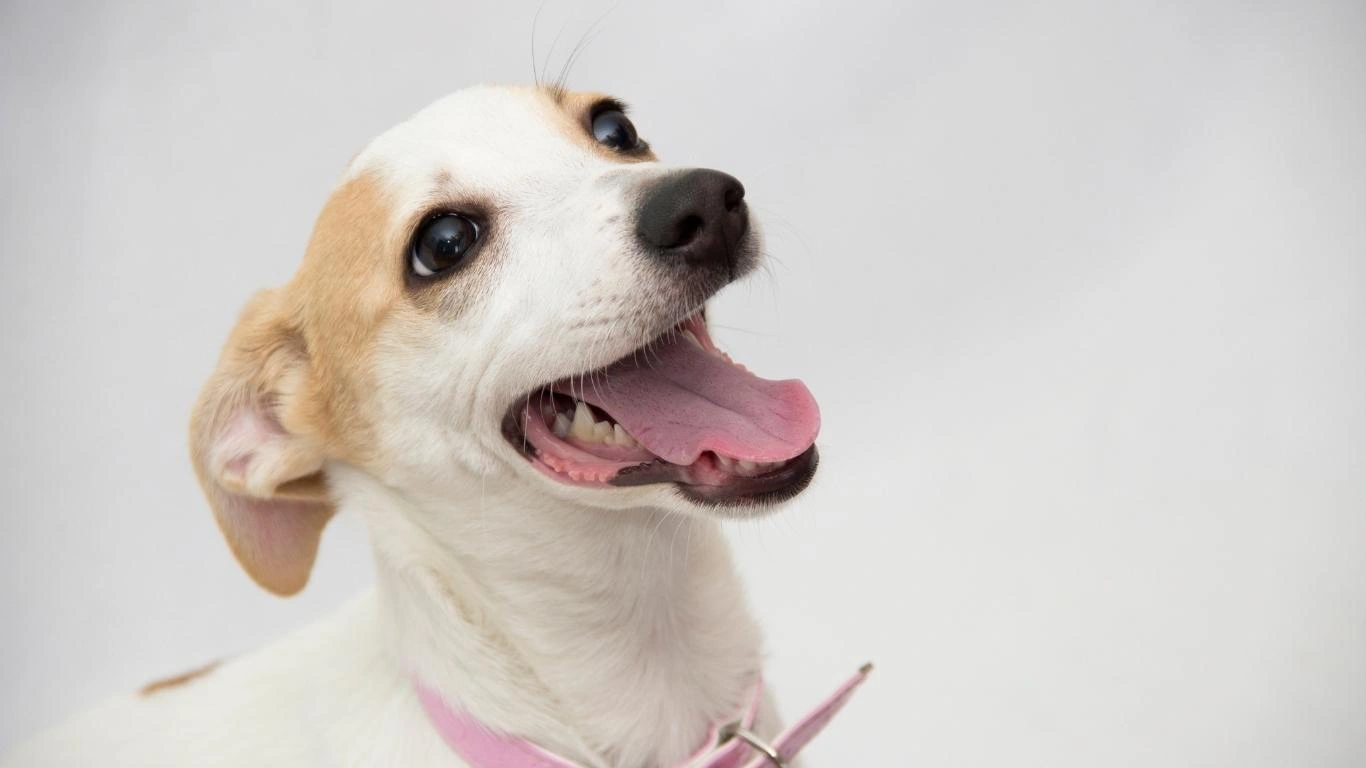
We’ve already touched on how diet plays a significant role in managing hyperactivity, but there are some additional options worth considering when it comes to your dog’s nutrition. Sometimes, just tweaking the diet isn’t enough. Certain supplements can help support calmness and reduce hyperactivity, and some of them have proven to be quite effective in my experience.
Supplements for Reducing Hyperactivity
One option I’ve recommended to clients with hyperactive dogs is the use of natural supplements. These include ingredients like L-theanine (found in green tea), tryptophan (an amino acid), and CBD oil, all of which are known for their calming properties. However, it’s essential to consult your vet before introducing any new supplements, as what works for one dog may not work for another, and dosages vary depending on your dog’s size and breed.
Supplements aren’t a magic fix, but they can be a helpful part of a larger strategy for managing hyperactivity. Many pet owners have shared positive feedback on how these supplements can enhance the effects of exercise, training, and a proper diet. As always, though, safety first—work closely with your vet to find the best approach.
Balanced Nutrition for a Balanced Dog
As we discussed earlier, a well-balanced diet is crucial. Some commercial dog foods are specifically formulated for active or high-energy dogs and might help provide a more stable level of energy throughout the day. However, it’s important to avoid overfeeding, as excess calories can contribute to weight gain, which in turn can increase hyperactivity.
Keep your dog’s meals high in quality protein, moderate in fat, and rich in fiber to support digestion and energy levels. In addition, ensure that the food contains enough essential vitamins and minerals to maintain optimal brain and body health. A healthy dog is a calm dog, and a balanced diet goes a long way in promoting overall well-being.
Ultimately, managing hyperactivity in dogs is a multifaceted effort that combines physical exercise, mental stimulation, structured routines, nutrition, and patience. By approaching hyperactivity with a holistic mindset, you can help your dog lead a happier, calmer, and more balanced life. Remember, consistency is key, and with time, you’ll both reap the rewards of a well-trained and calm dog!
Disclaimer: This article is intended for informational purposes only and does not replace professional veterinary or behavioral advice. Always consult with your veterinarian or a certified dog trainer before making any significant changes to your dog’s care routine.
For further information, check out Paw Patron for more helpful tips and resources on dog training and wellness.
